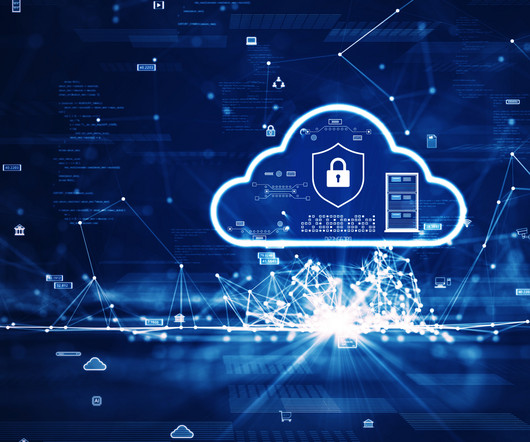Predictions for 2023 API Security
CyberSecurity Insiders
JANUARY 6, 2023
More than half of all data thefts were traced to unsecured APIs as of 2020, according to Gartner – and the problem is only getting worse. Gartner predicts that by 2025, less than 50 percent of enterprise APIs will be managed, as explosive growth outpaces API management capabilities.












Let's personalize your content